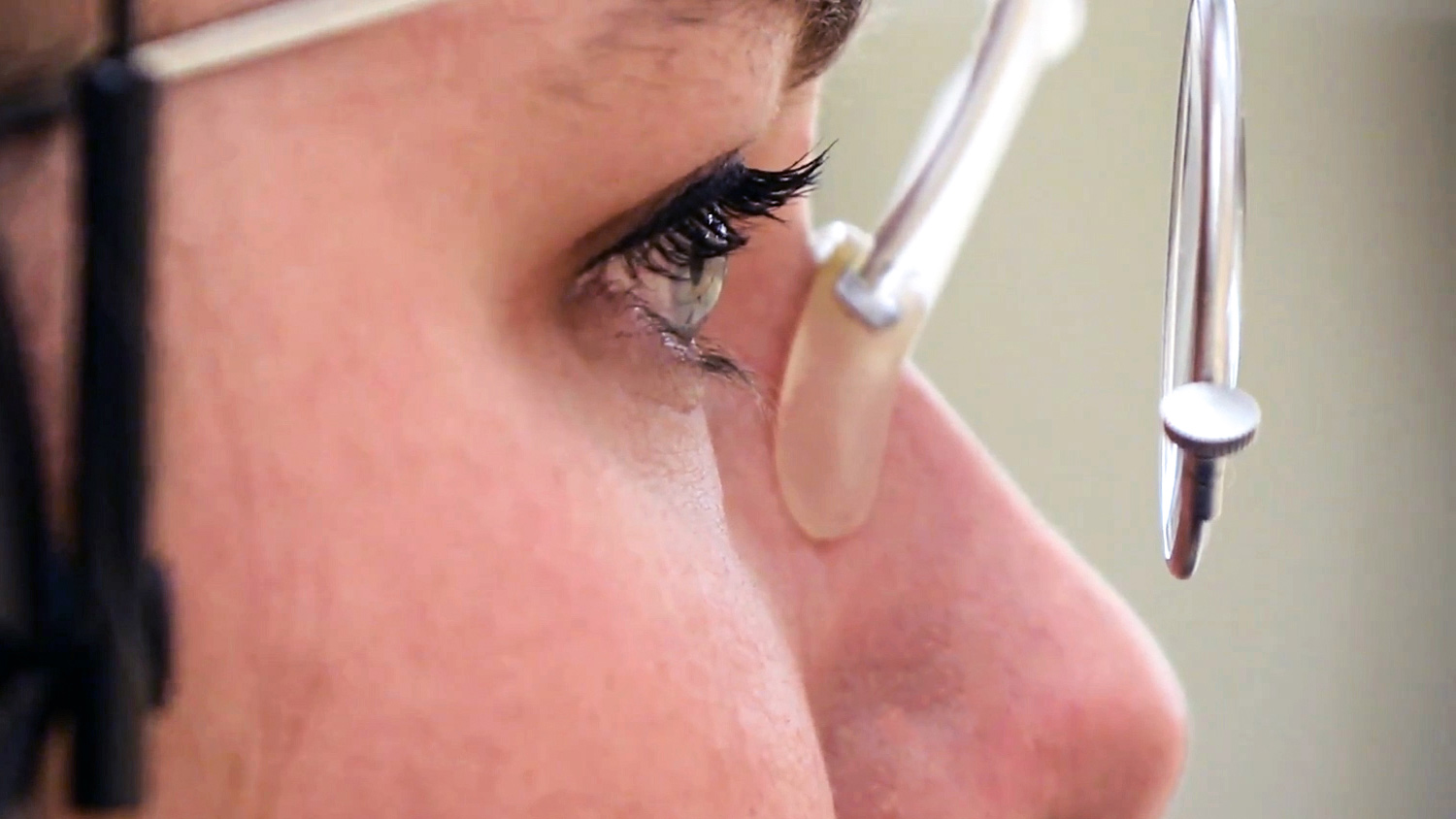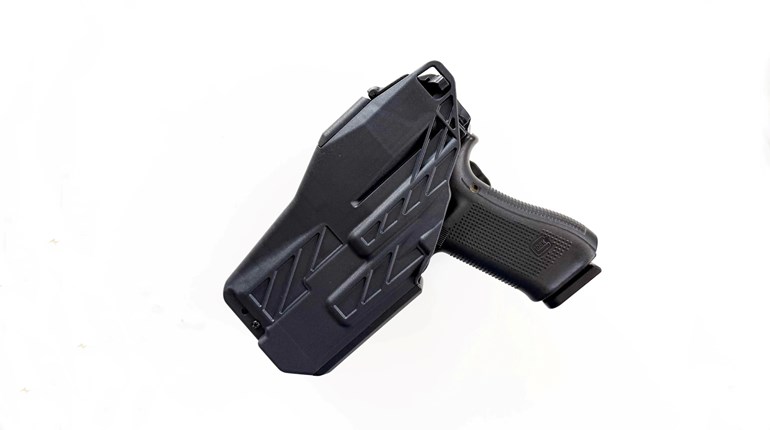
Shooting any firearm involves coordination between the eyes and hands. For the majority of people, best shooting is accomplished by firing the gun with the dominant hand and aiming with the dominant eye.

Most people have a dominant hand, making them definitely right- or left-handed. Relatively few people are truly ambidextrous, or able to perform skills involving manual dexterity equally well with either hand. In most cases, the dominant hand is easily determined, as it is the hand that is used for most one-handed tasks. The dominant hand and arm are often stronger and demonstrate better coordination.
Just as one hand tends to be dominant over the other, the brain also has a preference for one eye over the other, which is known as eye dominance. Most often the dominant eye is on the same side as the dominant hand, but for some individuals, this is not the case. Many people are not even aware that they have a dominant eye, as in almost all normal activities, both eyes act in concert, and there are few, if any, normal activities in which one eye only is used. Eye dominance is important in shooting, however, as only one eye is used to aim.

Determining eye dominance is easily accomplished through the following exercise. With both eyes open, focus on a small object at some distance (at least 10 to 12 feet away). Then, extend both hands forward at arm's length, bring the hands together to form a small hole between the webs of the thumbs, and look at the distant object through this hole. Slowly bring the hands to the face, keeping the object in view though the hole between the hands. When the hands are only a few inches from the face, they will be in front of one eye or the other. That eye is the dominant eye. Alternatively, this exercise may be done using a shooting partner, coach or firearm instructor to observe which eye is dominant.
Additional Reading
- 5 Easy Steps To Determine Your Dominant Eye
- Expert Forum: Eye Dominance
- Winning Vision, Revisited
- Troxler Effect And Instability Of Our Sight Picture
- The Appearance of Target Size
- Visual Disturbances Through the Aperture
- How (& Why) You Should Find Your Dominant Eye
Lead photo of Team USA's Lexi Lagan courtesy of USA Shooting.
See more: Vertex Distance, Optimum Vision or Not?


































